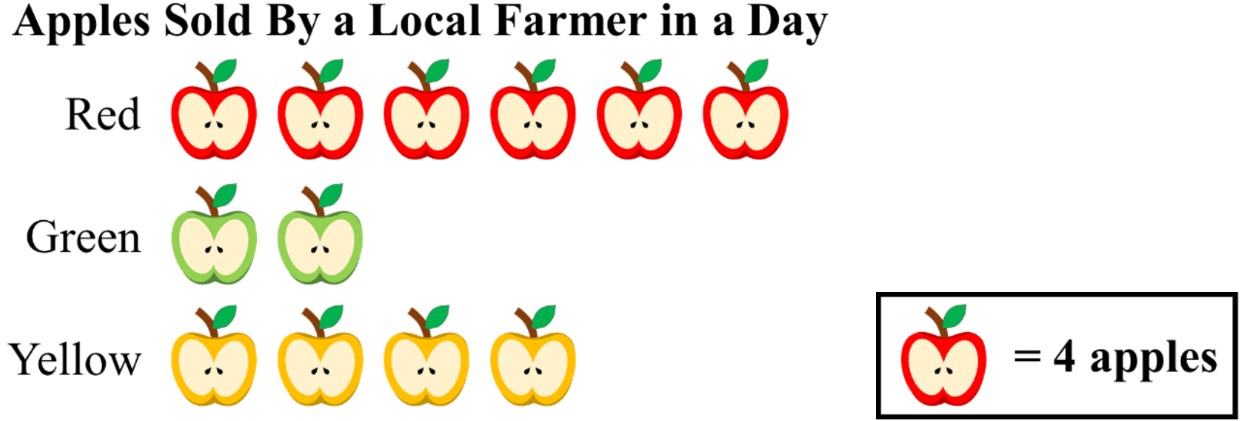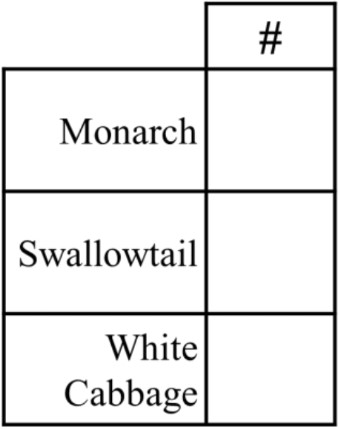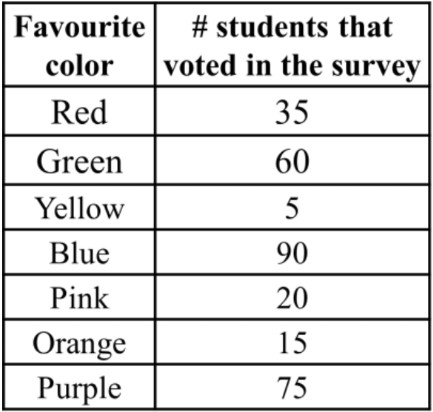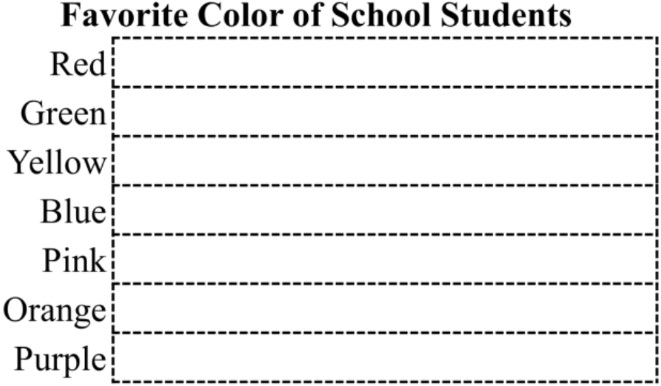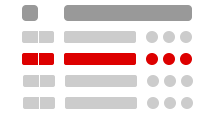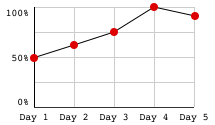In this lesson, we will learn:
- How to read a pictograph
- How to understand the symbols and scales for pictographs
- How to choose a scale when creating a pictograph
Notes:
- A pictograph is a graph that displays frequency data using picture symbols
- It is a great visual tool to show numbers in different categories from data collection experiments (i.e. surveys)
- The parts of a pictograph can include:
- a title to describe the data collected
- categories listed vertically (and sometimes, the category column names)
- (sometimes) a vertical label to describe the types of categories
- a key to show the symbol and scale (how much each symbol is worth)

- Symbol scales can use whole symbols, half symbols, or even fractional symbols:
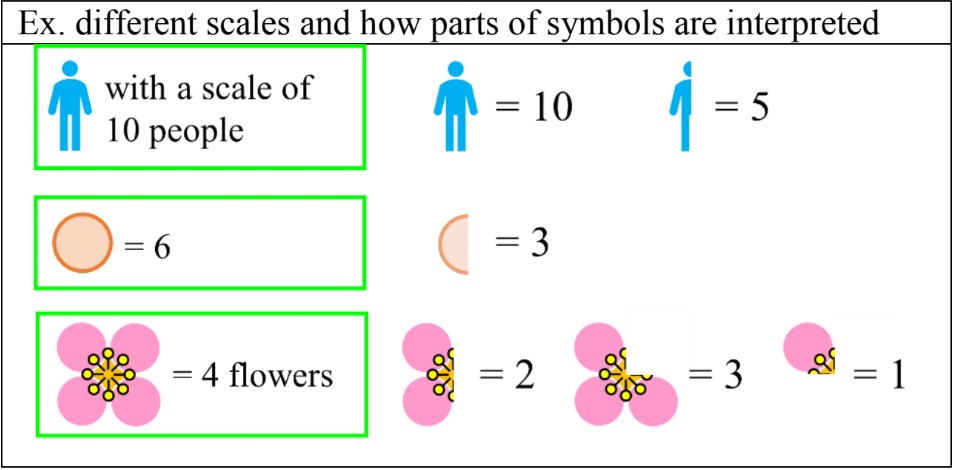
- To choose a scale for a data set, find a common factor for all the numbers (a number that can be multiplied into all the numbers of the data set). It is that more than one scale will work.
- Ex. a data set with a scale of 4 could also use a scale of 8 (doubled); the pictograph will look neater and use less symbols to represent numbers

 represents 6 oranges, then
represents 6 oranges, then  represents 60 pizza slices, then
represents 60 pizza slices, then  represents ___ pencils, then represents 5 pencils.
represents ___ pencils, then represents 5 pencils. represents 6 gummy bears, then
represents 6 gummy bears, then  represents ___ donuts, then
represents ___ donuts, then 